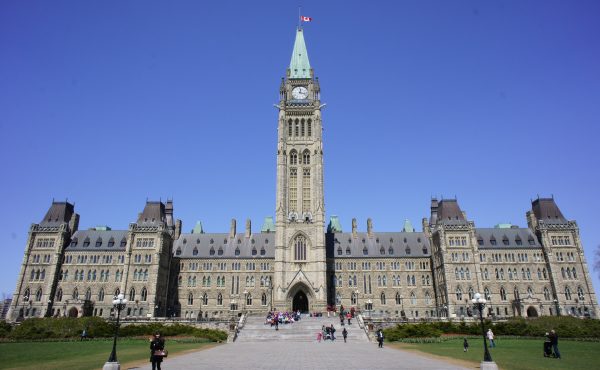This series features highlights from the ongoing exhibit The Fourth Wall: Transforming City Hall. The exhibit, on now at the Urbanspace Gallery, considers possible avenues to break down the barriers to participation in civic life that exist at Toronto’s City Hall.
![]()
Over the past two centuries, Toronto residents have experienced significant changes in local political representation. As towns have been annexed and amalgamated, politicians have been asked to represent the interests of more constituents and residents have been asked to accommodate a shift in the geography of their representation. While such a shift is not uncommon in an age of increased government efficiency, many other cities have adopted new models and structures to respond to these changes.
As the family tree below shows, today’s City of Toronto is the result of a long history of annexation. Over nineteen City Councils have been dissolved since the 1830s. With their dissolution came the loss of local town halls and a reduction in access to local decision-making structures. For example, Malvern residents lived four kilometers from their City Hall in Scarborough. Post-amalgamation, these residents now live over twenty kilometers from City Hall. This shift in the geography of political access has real implications for civic engagement.
As the city’s population and geographical area have grown, we’ve also witnessed a reduction in our ratios of representation. Toronto’s councillors represent up to 88,000 citizens. As the graph below shows, this level of representation is inconsistent with many cities our size.
In response to these changes, Ken Greenberg and others have advocated for a multi-tiered local governance system which better allows for engagement at the local level. According to Greenberg, “[p]art of what we have lost through amalgamation is a viable political structure for planning and managing the complex web of local stewardship that makes cities work. The situation points to a critical need for strong sub-entities that work within the larger scale, beyond the very limited Community Council model. The key concept is getting to the ideal size and right degree of power and responsibility of “subsidiarity”, an organizing principle which holds that matters ought to be handled by the smallest, lowest or least centralized competent authority.”
Many other North American cities have developed such structures. In Montreal, citizens directly elect borough councils which are responsible for a wide variety of policy areas including planning, parks, waste collection, housing and roads. In New York City, 59 appointed Community Boards serve as advisory bodies on a variety of community issues including land use and zoning. In both of these cities, these bodies represent areas smaller than Toronto’s Community Councils and do so with a greater degree of delegated authority.
Does Toronto need new political entities to improve the degree of local civic engagement? Do local community boards appeal or is de-amalgamation the answer?
Image of the former West Toronto Junction Town Hall from the Archives of Ontario
The Fourth Wall: Transforming City Hall is on at the Urbanspace Gallery (401 Richmond St. W.) until the end of the year. The building is open weekdays, 7am to 7pm, and Saturdays, 9am to 6pm. Curated by Dave Meslin, Research by Hilary Best, Design by Adam Zinzan-Harris.






